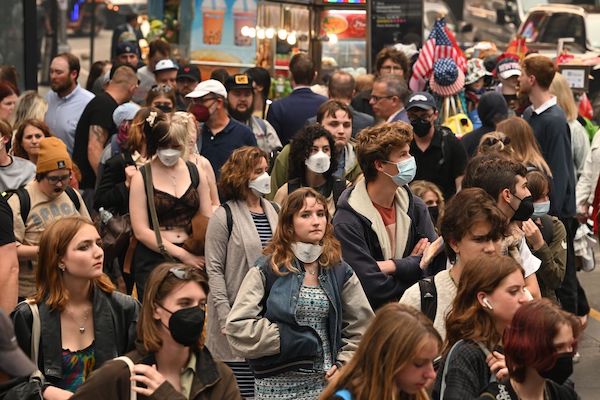On Wednesday, President Biden announced Israel would not block some humanitarian aid from entering the Gaza Strip via Egypt, partially reversing a two-week-old ban put into place after the Hamas attack on October 7. Human-rights experts said the food, medicine, and water will do little to mitigate the looming humanitarian disaster. The most acute form of deprivation is safe drinking water, which threatens the lives of over 2 million people.
That’s because the infrastructure to distribute water was in a critical state even before the current crisis. The decades-long conflict between Israel and Hamas has denied the Gaza Strip of the resources to invest in a robust water system. “The baseline was already quite limited,” says Omar Shakir, Israel and Palestine director at Human Rights Watch. “So that even a step that might have been significant in the pre-October 7 context is going to be even more limited in terms of how much it helps the population.”
Continue reading New York: How Long Can Gaza Survive Without Water?








